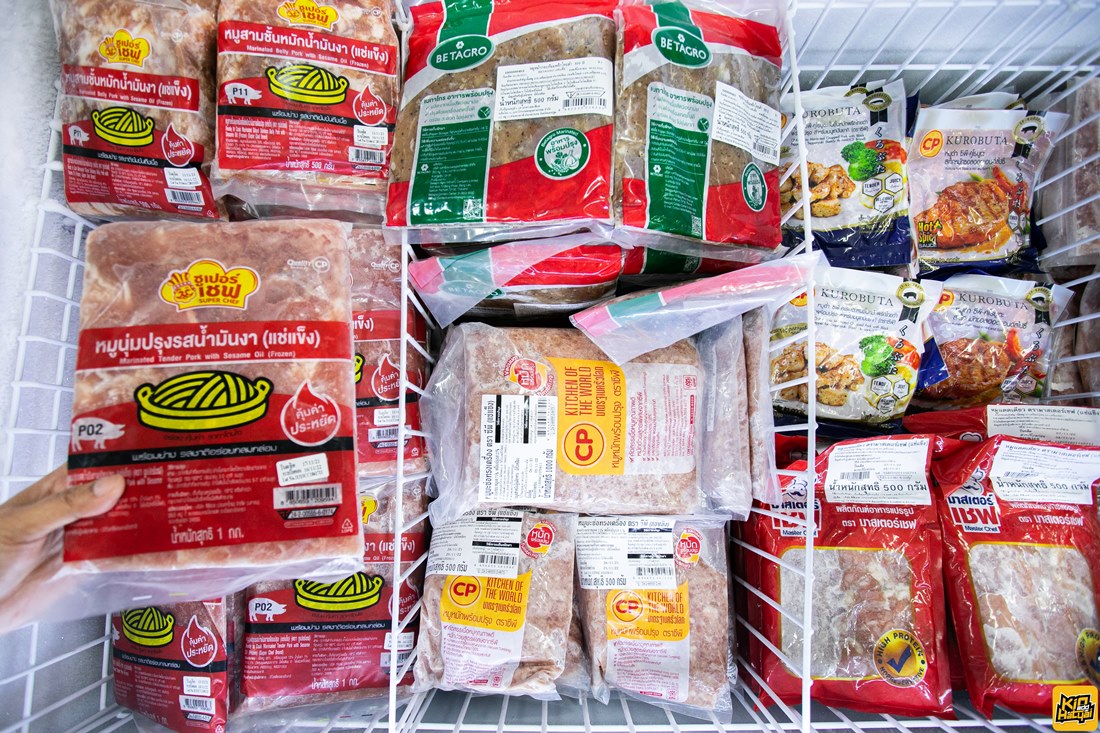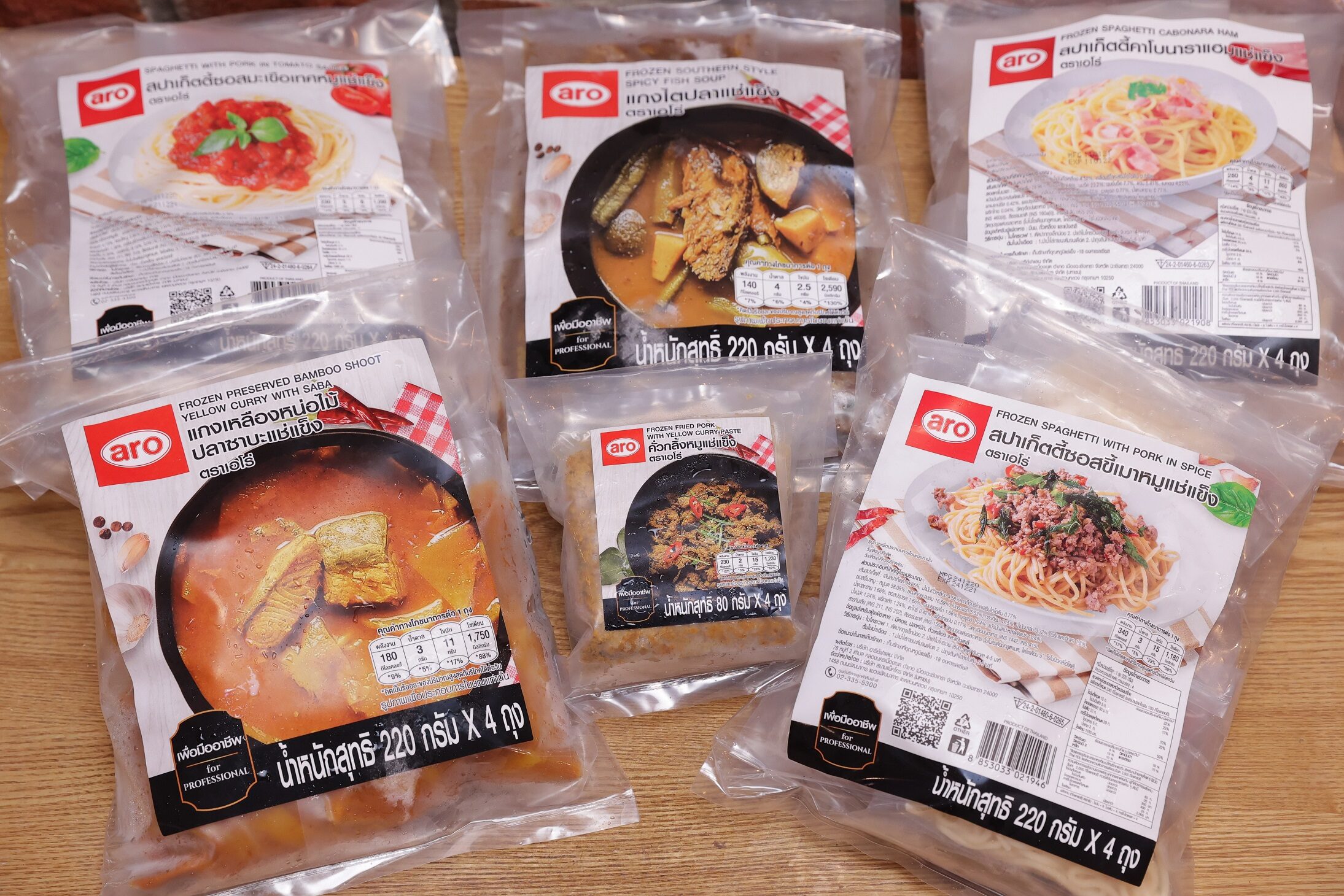
The Growth of Ready-To-Eat Food Industry…in the Future

From 2022-2024, the industrial market value of the ready-to-eat foods will continue to grow. The domestic market, being the main market, tends to grow in line with the instant yellow noodles which are likely to continue to expand due to the reason that they are alternative foods where the price of which is still expected to be persuasive during the period on which the purchasing power is gradually recovering while the market for chilled-frozen ready-to-eat foods tends to grow well in line with the expansion of modern retail stores, which are the main distribution channels coupled with the expansion of the urban community that makes the behaviors of consumers focused on living in a hurry and looking for convenience.
Whereon the aspect of the overseas marketing, it is expected to grow well which, in this respect, the instant yellow noodles will be beneficial from the border trades with neighboring countries that tend to relax strict measures on goods inspection/release and the opening of more border crossings after the COVID-19 outbreak began to subside while the chilled-frozen ready-to-eat foods tend to expand at a low rate in 2022 in line with the economic conditions of trading partner countries, especially, the United States and Europe, which will slow down before going to grow better in 2023-2024. Even foods produced from Thailand have still been acceptable for cleanliness, safety and taste as well as being the healthy foods according to the stream of popularity in global market, however, the trend of higher production costs following the price hikes of oil and cereal raw materials from the impact of the Russo-Ukrainian War, it may put pressure on entrepreneurs’ profitability, particularly, in 2022.

It is expected that the industrial entrepreneurs’ overall income in the ready-to-eat foods in 2022-2024, will continue to grow with the domestic instant yellow noodle market being likely to expand at a moderate rate while the export market will continue to grow in 2023-2024, and the frozen ready-to-eat food market will continue to grow both in the domestic and export markets compatibly in line with the expansion of the urban communities and the modern retail and the popularity of the main trade partners’ markets. However, entrepreneurs will still face a risk from the production costs that tend to be at a higher level and the government policy that may impose a tax on the amount of sodium which will be a burden on the increase in the costs eventually resulting in the emergence of a pressure on the profitability of manufacturers.
Respective to the ready-to-eat food industry in Thailand, there have been 249 factories registered with Department of Business Development (latest data as of 2020). Most of them are Small Medium Enterprises (SMEs) factories which can be divided into 1) The manufacturing factories of foods of dried ready- to-eat type and ready-to-eat for placing on the shelf type which account for 100 of them or calculated to be 40% of the total number of the ready-to-eat food manufacturers. Out of this number, a total number of 12 are dried ready-to-eat food manufacturing factories, divided into 10 SMEs factories or 83% of the total number of dried ready-to-eat food factories. The rest are large factories. The factories in this group mainly produce instant yellow noodles. While the factories manufacturing ready-to-eat foods for placing on the shelves account for a total number of 88 that 80 of which are of SMEs size factories calculated to be in the proportion of 91% of the total number of the factories manufacturing the ready-to-eat foods for placing on the shelves, and 2) The factories manufacturing chilled-frozen ready-to-eat foods in total number of 149 calculated to be in the proportion of 60% of the total number of the ready-to-eat food factories divided into 138 SMEs factories which is in the proportion of 93% of the total number of the chilled-frozen ready-to-eat food manufacturing factories.

Potential Future Trend of Industry In respect of the foods in dried ready-to-eat and on shelf group, the main product of this group is the instant yellow noodles. Thailand has the production potential through cost advantages from the productions due to the economies of scale with a large domestic market. However, the domestic market is beginning to become saturated and that due to the intense competition, the market growth is therefore limited, thus, resulting in the manufacturers to return to pay more attention on the export markets by focusing mainly on the ASEAN, the Netherlands and the United States markets. Whereon the ready-to-eat chilled-frozen food group, most of them are produced for domestic sales that are convenient to eat with affordable prices which are not much different from the freshly cooked foods and can be easily purchased at convenience stores that have branches scattered across the country. In terms of the export markets, the proportion is not much. Anyhow, there is potential opportunity for these markets to grow from the trend of the popularity of Thai foods from foreign countries and the attractive prices.

On the chilled-frozen ready-to-eat food group, it is expected that from 2022-2024, the productions will be increased by 9%-10% per year which is in line with the well growing domestic and international consumption demands, while the main production costs, both agricultural raw materials and plastic resins are expected to increase. Consequences of the Russo-Ukrainian War have caused the energy prices to rise eventually pushing the fertilizer and plastic pellets prices to soar up. However, in 2023-2024, the production costs are expected to ease slightly as the situation of the Russo-Ukrainian War has seemingly begun to subside.


